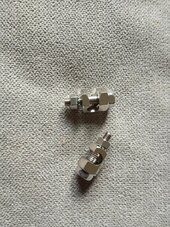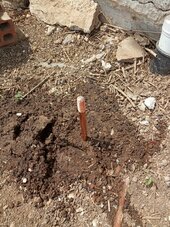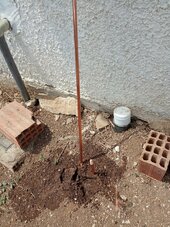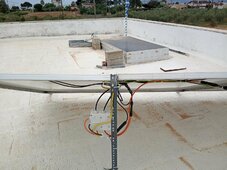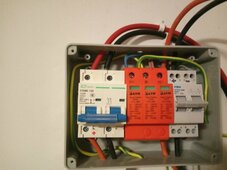timselectric
If I can do it, you can do it.
- Joined
- Feb 5, 2022
- Messages
- 20,312
There should be only one grounding system, for everything.I think we are saying the same thing but using different writing. AC grounding and DC grounding can be separated or connected together. AC grounding is needed at inverter buss bar. DC grounding is not needed inside inverter.
Separate systems would have a voltage potential between them.
Which can be a shock hazzard, if someone came in contact with both of (between) them.




